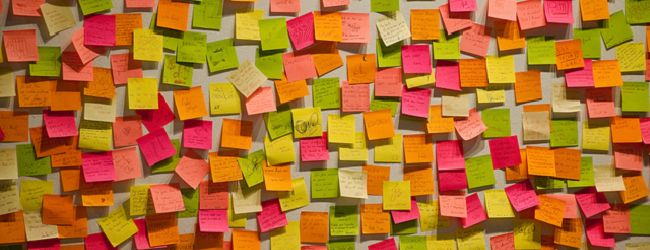Make it memorable
What do WE remember most: the good times, the funny stories, the things that were unique? So, if I’m trying to get my students to remember something I give it a story or a silly notion. For example: Get your students to envisage the idea, or word, or fact, or piece of information as a picture in their brain. Recently I was teaching year 8s to remember words or phrases (in German) that describe where you live. “An der Küste” means “by the sea”, so I got the students to imagine a sea of custard (sounds like Küste). Sure enough, now, they remember this rather daft, but effective, link.
Give the game a name
Playing a game? Want to jazz up that activity you know works so well? So, when I’m working on getting students to improve the quality of their sentences or paragraphs, I use “Pimp My Paragraph” as the name of the activity. It’s certainly nothing ground-breaking, but just that slight tinge of humour gets more students engaged. It links it the first suggestion here in that it makes it more memorable as well. Suddenly the dreary-looking faces at the back and almost comatose kids by the cupboards look more alert; “Sir’s about to tell a joke”, or “oh, something just got more interesting”. The key to this is, you’ve got them interested and they’ll remember what ensues.
Memrise
Users can sign up to use Memrise within about 20 seconds and either use the “courses” already created by community members (Search: ‘Archies’ if you want to see the spectacular ones I’ve made for my students…) or create your own! You may have seen this site on Blue Peter or BBC Breakfast…
Video
Making a video using a mobile phone, then uploading it to a site such as YouTube, can save you loads of time in the long run AND help your students remember stuff. I’ve recently started making vocabulary videos to help my students learn things at home as part of homework. If you give a student something to take home and learn, no matter how much advice you give in the classroom, or peer ideas for improving their memory they hear, some will still struggle. This is natural. So, by making videos and putting them online, students can access these at home and remember the words / facts etc more easily. You can also repeat the handy memory tips from lessons in your film. FYI – I choose not to appear in person on the videos, because, believe it or not, I’m quite camera shy, so I film my computer screen (usually with a slide of the information to learn on screen). I have been known to use a German teddy as the “presenter”. Yes, wacky is an accurate adjective.
“Kawaii” or “Weapons of Mass Cuteness”
Perhaps you thought the previous ideas were too much, or too daft? I apologise, as this final one takes the biscuit. According to research by a university in Japan, kittens or other baby animal pictures can help people remember things. Pop pictures of kittens and puppies etc. on slides (or whatever medium) to help students to remember. There seem to be millions of kitten pictures in a variety of poses out there on the web, and students enjoy them! In my experience of sticking such images on slides, students do pay more attention and they do appear more engaged. For me, engaging the students and giving them hooks to hang their knowledge on gets the memory working better.
Finally, it’s important to be more serious for a moment. Whilst it might seem some of these methods are a bit “gimmicky”, they have real cognitive logic behind them. We all remember things better when they have more interesting aspects to them. I’ve found the above ideas to work. I’m teaching Year 8s and Year 10s with a lot of these strategies and their memories are improving due to them.
What methods do you use for improving your students memory? If you can remember, let us know in the comments.


















